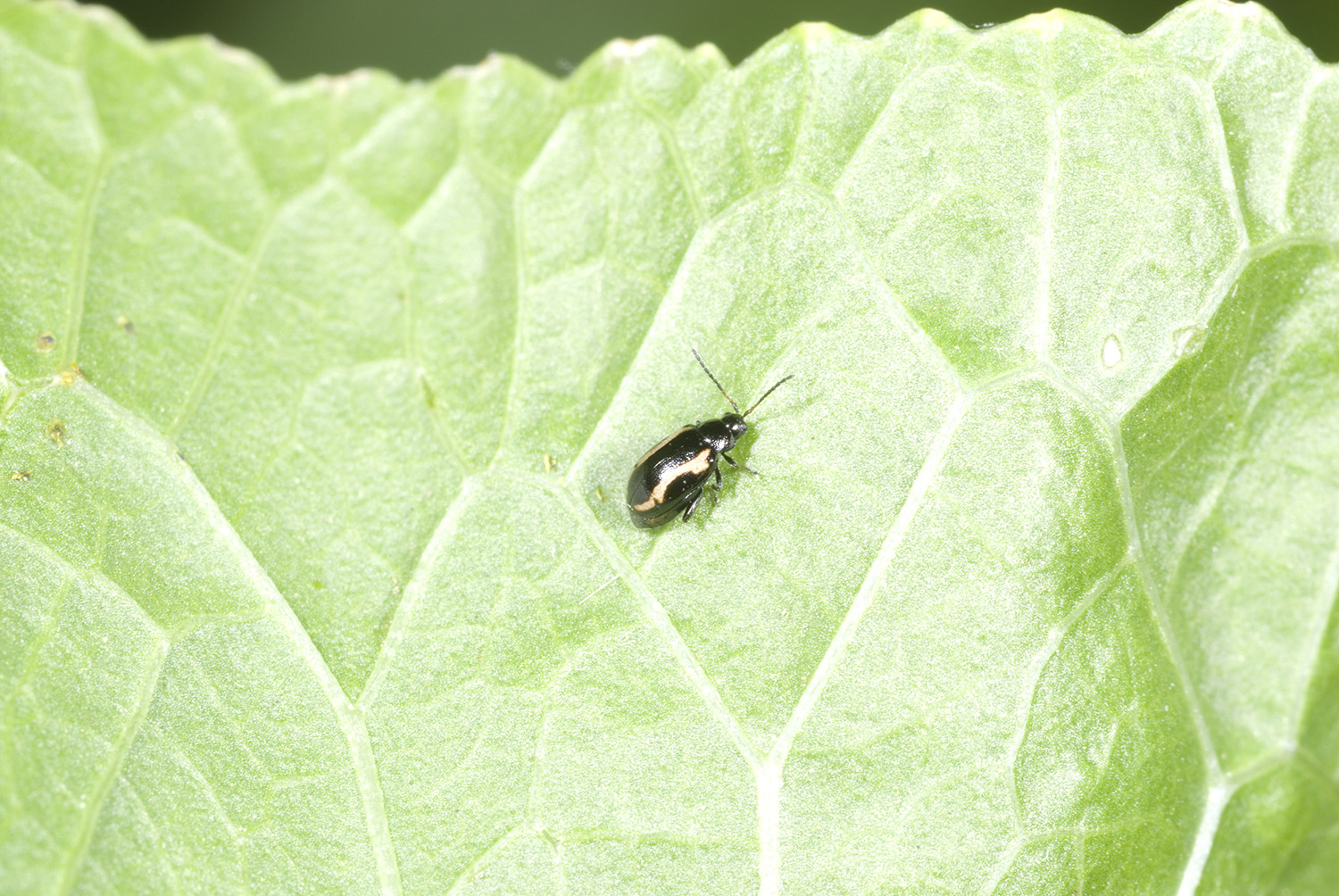
Pest Scouting 101: Post-Seeding
By: Kaeley Kindrachuk, Tech Ag, Outlook Regional Office
With seeding wrapping up in parts of the province, it’s time to start thinking about getting back into the field for a post-seeding scout. Fields should be monitored frequently throughout the growing season as conditions that favor different crop pests can change quickly. Seedlings are susceptible to insect feeding, seedling diseases, weed competition and environmental conditions.
Here are some quick reminders about the things to look for this time of year.
Start by looking at the field as a whole, are there obvious places you need to begin your scouting? Are there patches or discolorations? What do neighboring fields look like? Has there been a significant weather event in the area? How warm or windy has it been? What are the soil conditions like? How deep was the seed planted and what is the plant stand like as the crop is emerging? Looking at the whole picture can tell you a bit more about potential environmental damages that may have occurred.
There are insects to watch for early in the growing season. Flea beetles and cutworms are two of the most prevalent insects that cause damage in the province. When looking for flea beetle damage, be sure to check the stems of canola seedlings as well-stem damage can elevate the level of severity and the need for control. It is also worth noting which species of flea beetle is present. Different species have different emergence patterns and are controlled by different seed treatments. Flea beetles will only feed on canola, mustard and related cruciferous plants and weeds. When looking for cutworms, watch for wilted, cut off plants or bare patches within a field, check hilltops and south facing slopes first. Cutworm damage can be mistaken for poor germination. Different species of cutworms also have different feeding patterns. Some species mainly feed on plants below ground, some feed above ground, at the soil surface and some climb up plants. In addition,

different species have different preferred hosts, but watch for cutworms in all crops. This year, pheromone traps around the province have also detected early migration of diamondback moths. This does not necessarily mean that there will be a problem, just that the moths have arrived. If females have the chance, they will lay eggs on canola seedlings, which have the potential to cause problems later in the growing season. The larvae will only cause damage in canola, mustard and other cruciferous plants.
Pea leaf weevil larvae causes damage to pea and faba bean crops by feeding on the plant’s nodules. An obvious indication that the pest is present in a field is the observation of “notches” on plant leaves. Plants can usually outgrow any damage after the sixth node stage.
Another insect to watch for in all crops is wireworms. Adult wireworms or click beetles make an audible clicking sound when they try to right themselves when on their backs and they also “play dead” if captured. Crop damage looks similar to damage caused by cutworms. If insect pests are causing problems, ensure that economic thresholds are followed and follow labels when spraying insecticides.
It’s important to note if beneficial insects are present. Look for insects like ground beetles and rove beetles as they will feed on some of these pests. For more information on specific insect pests, visit the Prairie Pest Monitoring Blog for updated information and maps.
There are a few residue and soil-borne pathogens that can infect field crops early on in the growing season. If plants appear to be struggling, dig out a few and wash off the roots. If something doesn’t look right above ground, there is often an issue below ground. This may be plants that are stunted, yellowing or poorly emerged. Look for discolored, darkened or decaying roots and stem girdling. Usually the problems are caused by more than one pathogen being present in a field. A number of pathogens cause seedling blight/death and also root rot in a number of crops but the exact pathogen will depend on the specific crop. Pulse crops, oilseed crops and cereal crops can all be susceptible to seedling diseases. Consider the cropping history of the field and if a seed treatment was used previously. Some pathogens can infect multiple crop types and may be present on stubble from previous years.
Early emerging weeds can be very competitive with crop seedlings. Scout for weed seedlings as the crop is coming up, note the stages of those weeds and the stage of the crop. Weed Seedling ID Guides can be found at ministry regional offices. Ensure your herbicide application is within the window of the crop and weed staging to avoid escapes in control. If you suspect herbicide resistance, plan to implement different management practices and herbicides before waiting to confirm resistance. To confirm herbicide resistance on your farm, samples can be sent in to the Crop Protection Lab in Regina for testing.
For the latest information and for more updates on everything Kindersley ‘Like’ the Kindersley Social Facebook page below…








































